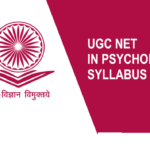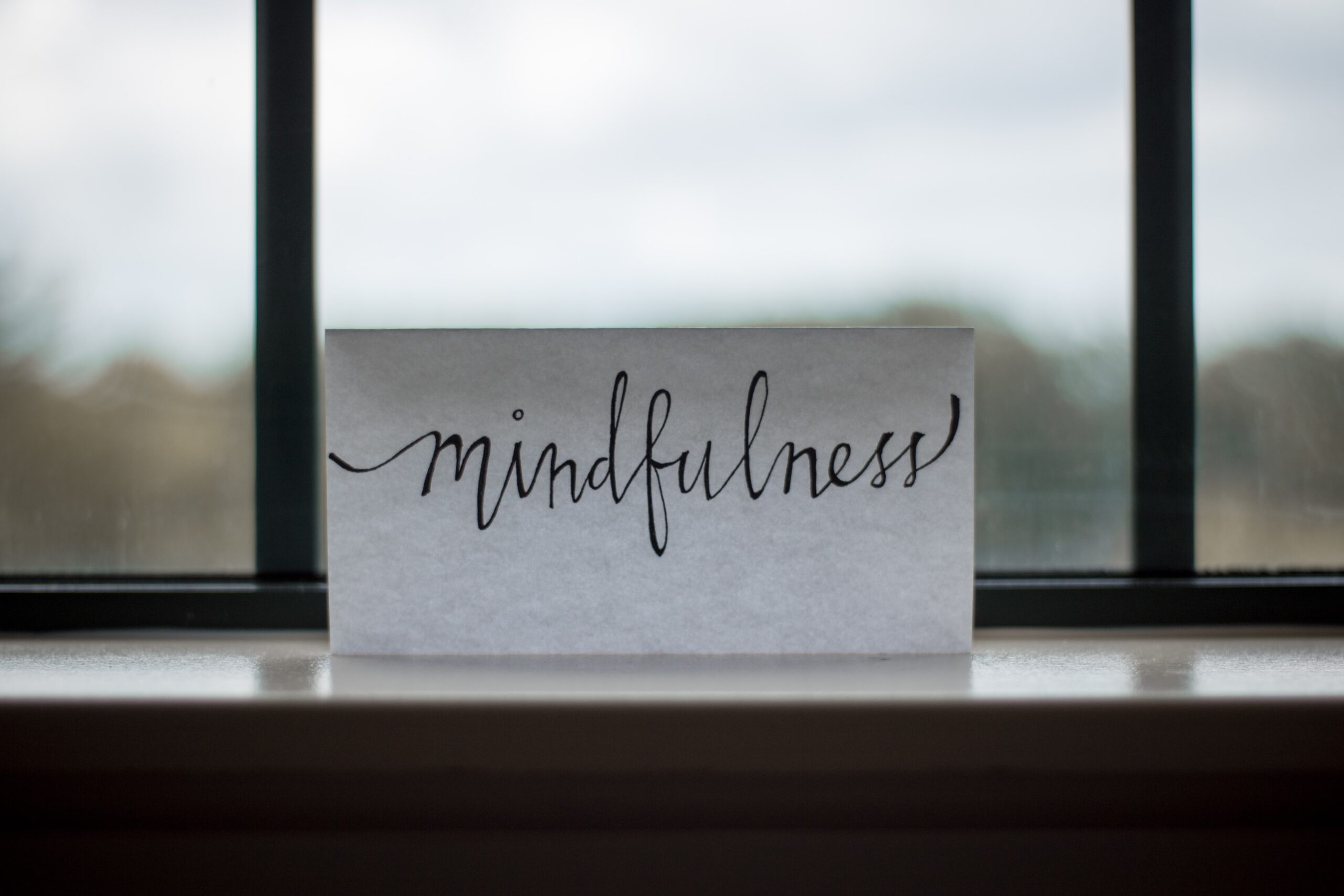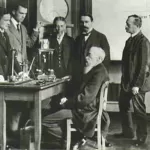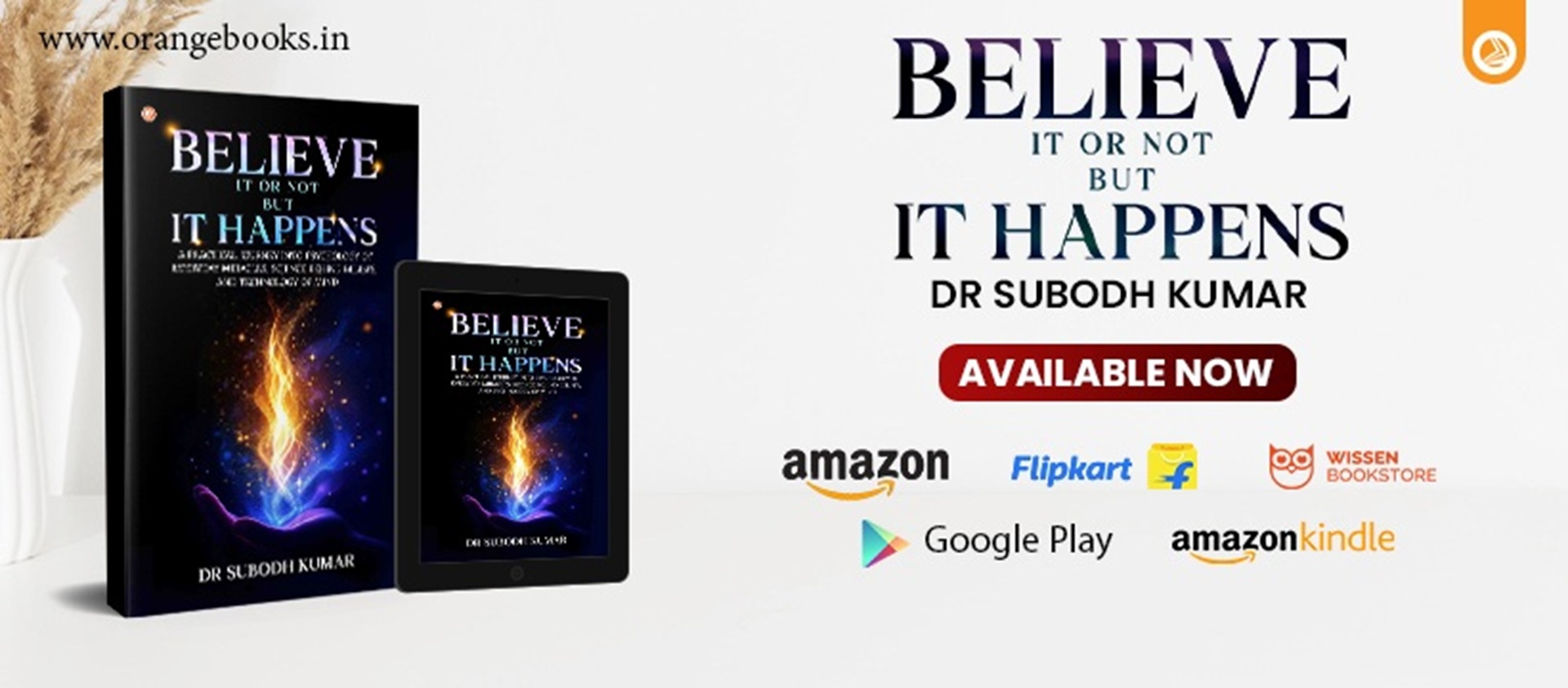Life is a journey marked by various challenges, conflicts, and stressors. Understanding the sources and types of conflicts, as well as developing effective stress management and coping strategies, is essential for maintaining mental and physical well-being. In this blog, we will explore the intricacies of conflicts, delve into the concept of stress and coping, and examine a variety of stress management strategies, including biofeedback, music therapy, breathing exercises, progressive muscular relaxation, guided imagery, mindfulness, meditation, yoga asana, and stress inoculation training.
Conflicts – Sources and Types:
Sources of Conflicts:
- Interpersonal Conflicts:
- Arise from disagreements or differences between individuals.
- Examples include conflicts in relationships, at the workplace, or within families.
- Intrapersonal Conflicts:
- Occur within an individual’s mind, involving internal struggles or conflicting desires.
- For example, a person might experience conflict when faced with a difficult decision.
- Cultural Conflicts:
- Emerge from disparities in values, beliefs, or norms between different cultures or within a multicultural society.
- Structural Conflicts:
- Stem from inequalities or power imbalances within societal structures.
- Examples include conflicts related to socioeconomic disparities or discrimination.
Types of Conflicts:
- Approach-Approach Conflict:
- Involves choosing between two desirable options.
- The individual experiences conflict in deciding which option to pursue.
- Avoidance-Avoidance Conflict:
- Occurs when an individual must choose between two undesirable options.
- The person faces conflict in deciding which option to avoid.
- Approach-Avoidance Conflict:
- Arises when a single option has both desirable and undesirable aspects.
- The individual experiences conflict in deciding whether to approach or avoid the option.
- Double Approach-Avoidance Conflict:
- Involves conflict arising from two options, each with both positive and negative aspects.
- The person must weigh the pros and cons of each option.
Stress and Coping:
Concept of Stress:
Stress is the body’s physiological and psychological response to challenges or threats, often referred to as stressors. It can manifest as a reaction to real or perceived demands that exceed an individual’s coping resources.
Models of Stress:
- The Transactional Model of Stress and Coping (Lazarus and Folkman):
- Emphasizes the dynamic interaction between an individual and their environment.
- The model includes primary appraisal (evaluating the situation) and secondary appraisal (evaluating coping resources).
- The General Adaptation Syndrome (Hans Selye):
- Describes the body’s response to stress as occurring in three stages: alarm, resistance, and exhaustion.
- This model focuses on the physiological aspects of stress.
Type A, B, C, D Behaviors:
- Type A Behavior:
- Characterized by a sense of urgency, impatience, competitiveness, and high levels of stress.
- Individuals with Type A behaviour may be more prone to stress-related health issues.
- Type B Behavior:
- Associated with a more relaxed, patient, and easy-going personality.
- Type B individuals tend to be less prone to stress-related health problems.
- Type C Behavior:
- Involves a personality that is focused on conformity, compliance, and suppression of emotions.
- Type C behaviour is associated with an increased risk of developing cancer.
- Type D Behavior:
- Represents individuals with a tendency toward negative emotions, social inhibition, and a reluctance to share feelings.
- Type D behaviour is linked to an increased risk of cardiovascular issues.
Stress Management Strategies:
- Biofeedback:
- Involves using electronic monitoring to provide individuals with information about physiological processes.
- Helps individuals learn to control bodily functions, such as heart rate or muscle tension.
- Music Therapy:
- Utilizes music to promote emotional, mental, and physical well-being.
- Listening to or creating music can have therapeutic effects on stress levels.
- Breathing Exercises:
- Focus on controlled breathing patterns to induce relaxation.
- Techniques like diaphragmatic breathing or deep breathing can alleviate stress.
- Progressive Muscular Relaxation (PMR):
- Involves systematically tensing and relaxing muscle groups to reduce tension and stress.
- Promotes physical and mental relaxation.
- Guided Imagery:
- Involves using mental images to evoke relaxation and reduce stress.
- Guided imagery scripts or visualization exercises guide individuals through calming scenarios.
- Mindfulness:
- Cultivates present-moment awareness and acceptance.
- Practices such as mindful breathing or meditation promote stress reduction.
- Meditation:
- Encompasses various techniques aimed at achieving a relaxed state of mind.
- Mindfulness meditation, transcendental meditation, and loving-kindness meditation are popular forms.
- Yogasana:
- Integrates physical postures, breath control, and meditation.
- Yoga practices promote flexibility, strength, and stress reduction.
- Stress Inoculation Training:
- Involves cognitive-behavioral techniques to prepare individuals for future stressors.
- Teaches coping strategies, problem-solving skills, and resilience.
Conclusion:
Navigating conflicts, stressors, and the complexities of life requires a multifaceted approach. Understanding the sources and types of conflicts, alongside stress and coping mechanisms, empowers individuals to develop effective strategies for managing life’s challenges. Whether through biofeedback, music therapy, breathing exercises, progressive muscular relaxation, guided imagery, mindfulness, meditation, yoga asana, or stress inoculation training, there exists a diverse array of tools to foster resilience and well-being. As individuals embark on their journey of self-discovery and growth, these strategies serve as invaluable companions in the pursuit of a balanced and harmonious life.







